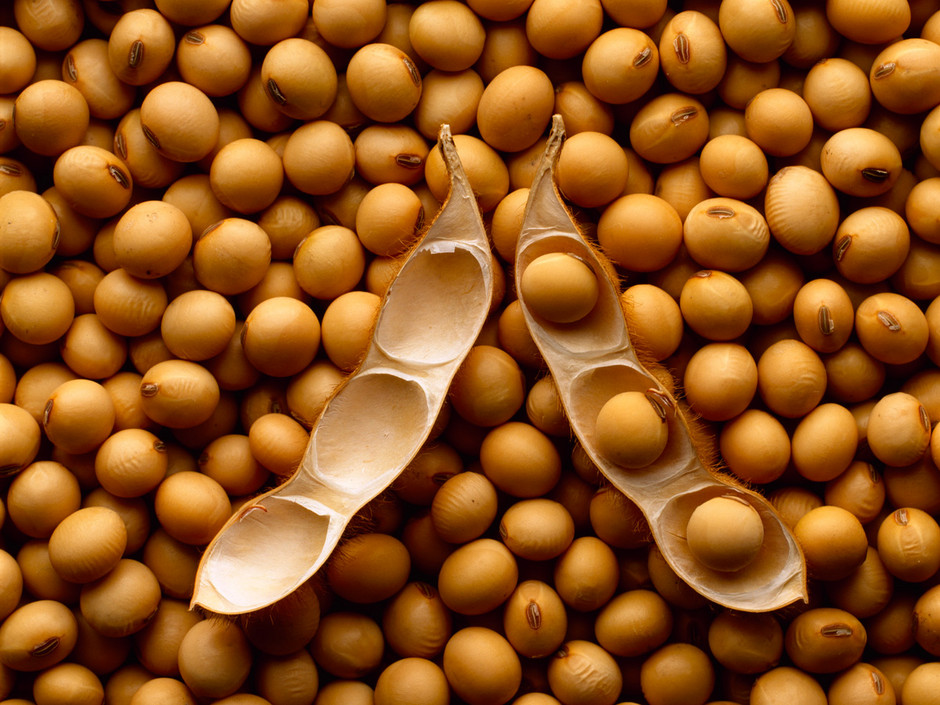What’s more, the planting area and output of soybean in China will shrink further, with output decreasing to 11 million tonnes or so, a bottom in the past 22 years, according to the statistic from China National Grain and Oils Information Center.

Source: Bing
The huge gap between the soybean demand in China and its supply forced the state to import large quantities of soybean. In 2015, It imported 81.69 million tonnes of soybean, a 10.29 million-tonne increase compared with that in 2014. China has been the largest soybean importer, occupying about 70% of worldwide trade volume.
The Guidance of policies
In order to increase the supply of domestic soybean and cut the stockpiles of corn, governments at all levels have formulated some relevant policies. Obviously, soybean is the first development direction in corn planting structure adjustment in China. At present, China urgently needs to decrease corn planting areas to reduce huge inventories, while the development of homegrown soybean is being suppressed by imported soybean. Corn-soybean rotation would solve both these problems.
On 30 Aug., 2016, the Agricultural Committee of Heilongjiang Province issued the Notice on Issuing the Pilot Program of Corn-Soybean Rotation Subsidy in Heilongjiang in 2016 (the Notice). According to the Notice, Heilongjiang will subsidize new operating entities like large farms, family farms and farmer cooperatives which carry out corn-soybean rotations in the lands in 2016 where they used to plant corn in 2015, for a total amount of USD336.91/ha. The Notice also requires that those who carry out rotations in farmlands that are meant to be returned to nature and not approved/ banned to reclaim shall not benefit from any subsidy. It is known that the pilot areas for the subsidy are 433,333 ha, most of which are major producing areas of soybean.
On 15 Aug., the Development and Production Plan for Staple Oil Crops (2016-2020), which has been issued by China's National Development and Reform Commission, Ministry of Agriculture (MOA) and the State Forestry Administration, also mentions corn-soybean rotations and, according to it, by 2020, China's soybean planting areas ought to recover to 9.33 million ha, 2.53 million ha more than 2014; the total output will reach 18.90 million tonnes, 6.75 million tonnes more than 2014. Specifically, corn-soybean rotation is planned to be launched in Northeast China, while certain corn planting areas with low yield in the Huang-Huai-Hai Region shall instead be planted with soybean. In addition, the MOA has also mentioned corn-soybean rotations in the Structure Adjustment Plan on Corn Planting Area in Sickle-shape Region (2016-2020) issued in Nov. 2015 and the Structure Adjustment Plan for China's Corp Farming (2016-2020) published on 11 April, 2016.
Production and development goals of soybean in China, 2014-2020
|
Item |
2014 |
2020 |
Change over 2020 |
|
Area (ten thousand mu) |
10,200 |
14,000 |
3,800 |
|
Output (ten thousand tonnes) |
1,215 |
1,890 |
675 |
|
Unit yield (kg/mu) |
119 |
135 |
16 |
|
Oil content |
19.50% |
21% |
1.50% |
Source: National Development and Reform Commission & MOA & State Forestry Administration
A long and rough reviving way
Though the subsidy policy of corn-soybean rotation is able to reduce the amount of corn and increase the supply of soybean, CCM thinks that there is a long and rough way for the policy to be carried out.
First, profit from soybean planting is relatively low. Since the unit yield of corn is far higher than the one of soybean, planting corn means better benefit, thus farmers obviously prefer planting corn.
Second, imported soybean dominates the market. Imported soybean boasts a lower price and a higher quality than homegrown one, and for this reason it has been dominating the Chinese soybean market. According to China Customs, China imported 81.69 million tonnes of soybean in 2015, up by 14.41% YoY; while the output of homegrown soybean only hit 11.10 million tonnes. In this context, farmers lack confidence in planting soybean.
Although the pilot subsidy for corn-soybean rotation will boost the planting area of soybean to some extent, increasing farmers' interests is still one of the main factors for the sustainable development of agriculture. In other words, improving output and quality of homegrown soybean to contend against imported soybean is the key for a better future development, according to CCM analysts.
CCM is the leading market intelligence provider for China’s agriculture, chemicals, food & ingredients and life science markets. Founded in 2001, CCM offers a range of data and content solutions, from price and trade data to industry newsletters and customized market research reports. Our clients include Monsanto, DuPont, Shell, Bayer, and Syngenta. CCM is a brand of Kcomber Inc.
For more information about CCM, please visit www.cnchemicals.com or get in touch with us directly by emailing econtact@cnchemicals.com or calling +86-20-37616606.
-
Average:
-
Reads(1864)
-
Permalink


 Back to Cnchemicals.com
Back to Cnchemicals.com 
